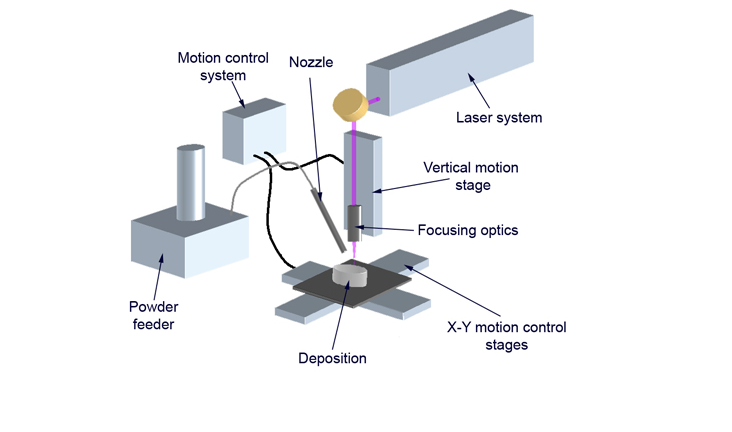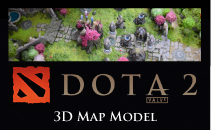
Cladding is the bonding of dissimilar metals, typically achieved by extruding two metals through a die or by pressing or rolling sheets together under high pressure. Extrusion creates objects of a fixed, cross sectional profile. This allows the creation of complex cross-sections and work with materials that are brittle. Roll welding is a method to weld two or more layers of different metals by passing beneath a pair of rollers under pressure. Explosive welding uses a detonation of a sheet of chemical explosion to bond two layers of metals. Laser cladding is where a powdered or wire feedstock material is melted and consolidated by a laser.
Metals and 3D Printing
There are a few methods for printing 3D metal objects. Selective Laser Melting (SLM) and Selective Laser Sintering (SLS) are 3D printing processes that use 3D Cad.stl files to print out metal parts by using a high-powered laser beam that fuses the metallic powders together. Common metals used in SLS printing are steel and titanium.
Fused Deposition Modeling (FDM) uses a heated extrusion nozzle to melt the metal and print the object layer by layer.
Electronic Beam Freeform Fabrication (EBF3) is a 3D printing process being developed by NASA to create metal parts in space. EBF3 uses a focused electron beam in a vacuum environment to melt metal. This process uses CAD drawings and a 3D printer to create parts and tools, which will save NASA time and money by allowing scientists to create parts as needed instead of hauling materials on the space shuttle, which can be quite costly. NASA is also funding a 3D pizza printer that will print out pizza in space. The pizza printer uses oil and powders containing protein and carbohydrates to create the ingredients from scratch. NASA uses these powders, taking out all the moisture, so that the foodstuff has a shelf life of at least five years and still maintains nutritional value.
Direct Metal Laser Sintering (DMLS) uses a 200 watt Yb-fiber optic laser which melts the metal powder and fuses it into a solid part. Electronic Beam Melting (EBM) melts Titanium alloy powders with an electronic beam in a high vacuum. The possibility of fusing two or more dissimilar metals lies in the exciting future of 3D printing.
To learn more about the latest in 3D Printing, check out our 3D printing.
